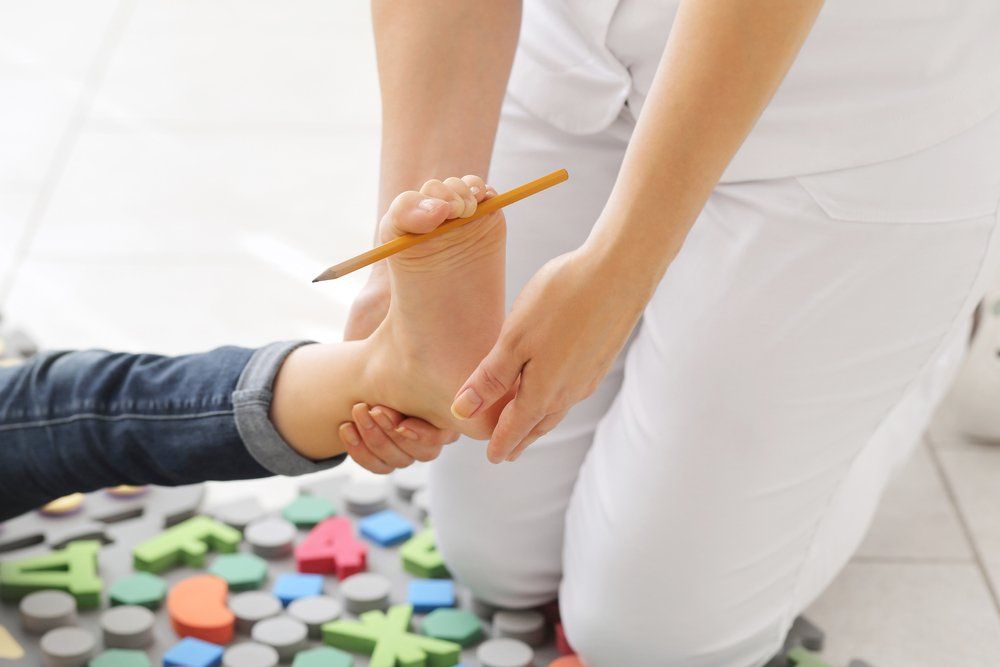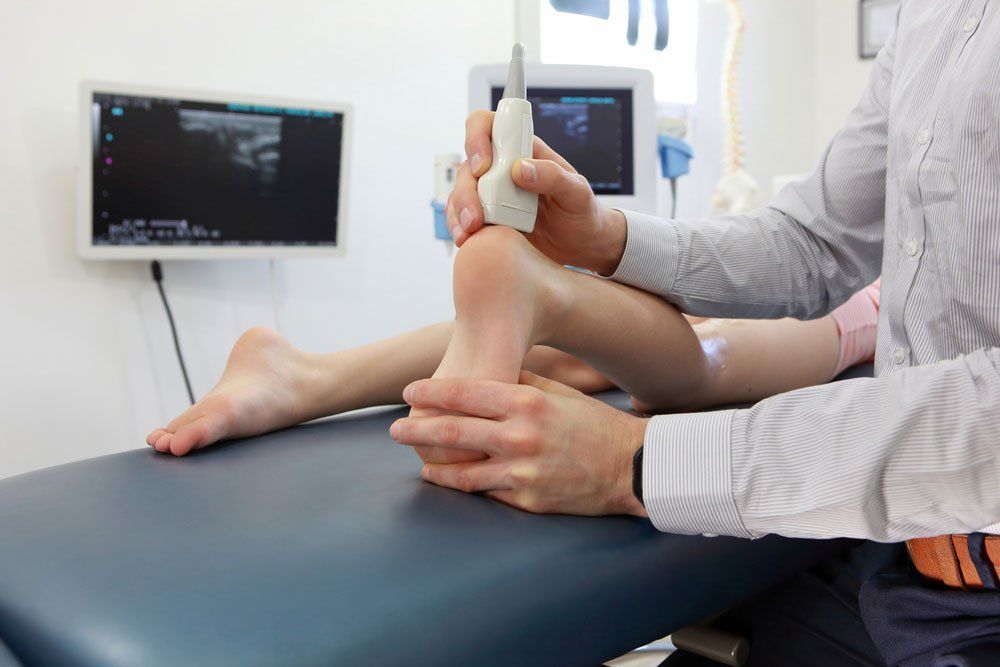Your Qualified Paediatric Podiatrists in Forster
Tailored Therapy Plans
Children often have flexible flat feet when they’re born that develop normally within their first 10 years. Many children don’t require medical assistance while their feet are still growing, but if they’re experiencing pain, are tripping or their flat feet aren’t developing into arches, they should be examined by a Podiatrist who specialises in paediatrics.
At Forster Podiatry, we provide a professional and fun approach to assessing our paediatric patients. We will provide you and your child with fun exercises and a variety of ways to stretch and strengthen that involves the whole family. We have a variety of off the shelf innersoles and supportive orthotics as well as individually scripted custom made orthotics. We can also advise on footwear options .
Contact us today on
(02) 6555 5808 to book an appointment.
Symptoms of Symptomatic Flat Feet
While it’s best to have your child examined by a medical professional such as a Podiatrist, if you suspect their feet may not be developing properly, there are a number of signs you can look for yourself regarding symptomatic flat feet. They include:
- Your child has an outward tilt at their heels
- Your child’s way of walking has changed
- Your child is walking awkwardly
- Your child seems to be having troubles with walking side to side or up and down
- Your child is experiencing pain anywhere between their knees to their feet
- Your child finds it painful or difficult to wear shoes
- Your child seems to be refraining from engaging in physical activities
If you’ve noticed any of the above symptoms, it’s important to seek treatment for your child as soon as possible to prevent issues from occurring later in life.











